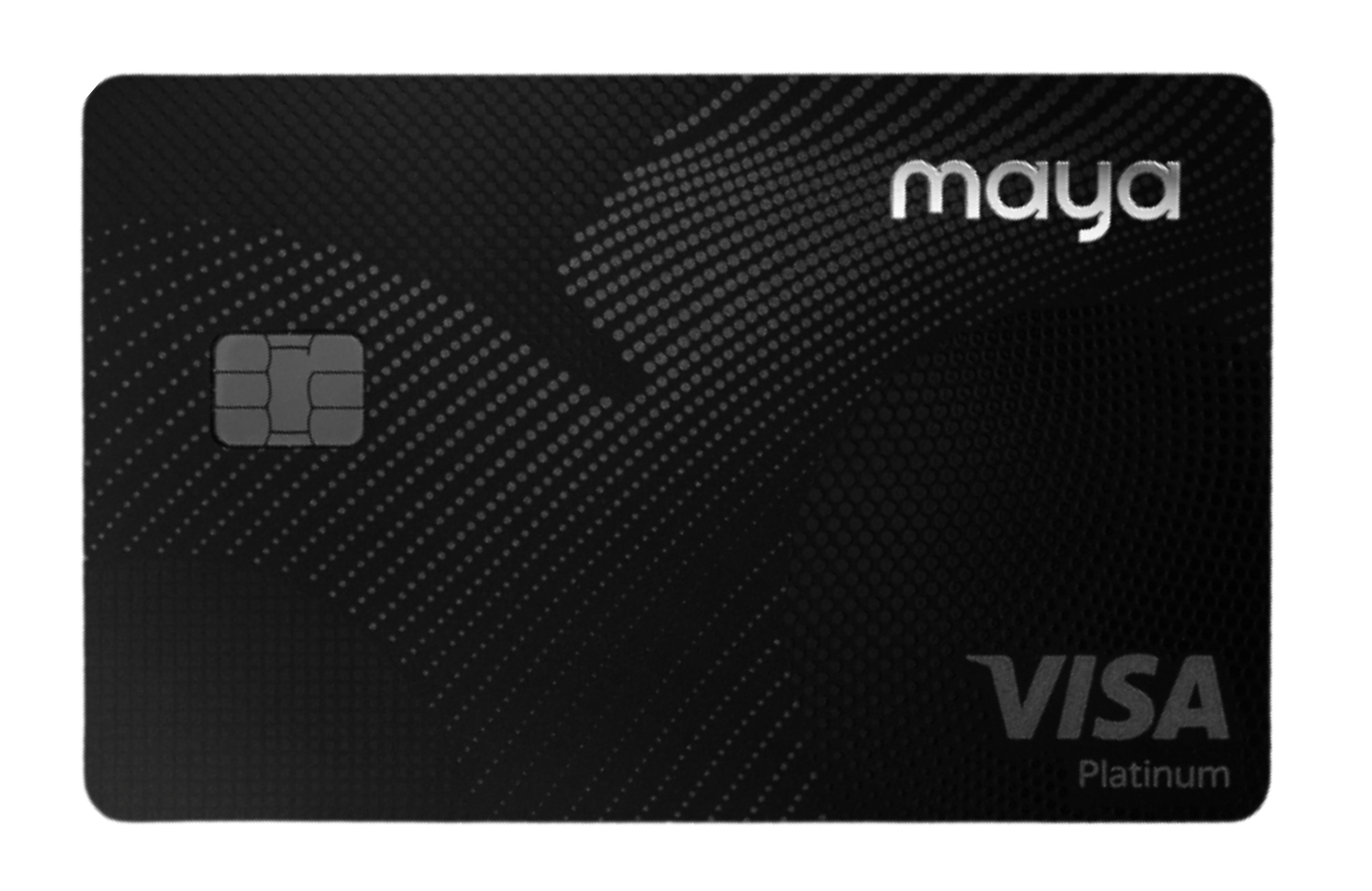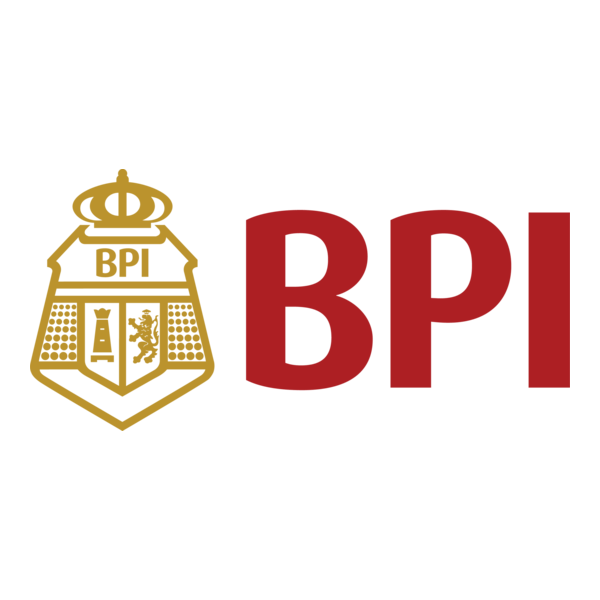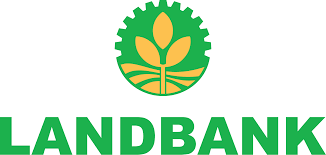The past few years rewired how Filipino households handle money. Prices climbed faster than paychecks, interest rates rose and are now easing, and side gigs have become part of mainstream income. In this environment, a workable financial plan is less about perfection and more about decisions you can repeat month after month. As Warren Buffett reminds us, “Do not save what is left after spending, but spend what is left after saving.” In 2025, that order matters even more.
This playbook translates broad advice into practical steps for Philippine households. It blends budgeting and forecasting, debt choices in a changing rate cycle, smart credit card management, liquidity tiers that protect your family, and investment rules you can keep even when headlines are noisy. Think of it as a steady cadence: document, automate, review.

What’s Different in 2025
Inflation eased from its peaks but remains sticky in everyday categories like food and transport. Even small jumps at the palengke accumulate over a month. Meanwhile, interest rates, which rose to cool inflation, are beginning to drift lower. That shift changes the math for debt prepayments, refinancing, and new borrowing.
Income patterns also look different. More Filipinos now mix a salaried job with side income, freelance work, or small online sales. It helps cash flow but increases volatility. A plan for 2025 should assume uneven months and prepare for short dips without derailing long‑term goals.
As former BSP Governor Nestor Espenilla Jr. often emphasized, financial stability starts at the household level. The task is to build personal stability that can absorb price noise and income swings.

The Financial Planning Process
A good process is simple enough to follow but strong enough to hold under stress. Use these three anchors.
- Define objectives and constraints
Set three time‑bound goals: one short (12 months), one medium (3–5 years), and one long (7+ years). Attach a peso figure to each and assume that essentials will continue to rise modestly. The constraint side includes fixed obligations, dependents, and any non‑negotiables such as medicines or tuition. - Map cash flows with irregular income
Build a base‑case monthly cash flow using the lower end of your typical income range. Then add a “variance band” to reflect side gigs or commissions. When months exceed the base, the excess funds your goals or adds to debt prepayments. When months come in below base, the plan throttles discretionary spending automatically. As Ben Graham wrote, “The investor’s chief problem—and even his worst enemy—is likely to be himself.” A prepared throttling rule keeps emotion out of cash‑flow dips. - Prioritize risks before returns
Coverage for health and the breadwinner’s life, a liquid emergency reserve, and predictable debt payments rank above chasing yields. Only after these are in place should you stretch for higher returns.

Budgeting and Forecasting
A static budget worked when prices were calmer. In 2025, treat your budget like a forecast that is updated as conditions change.
- Start with a 50/30/20 split as a baseline (essentials/wants/financial goals). Raise essentials if your city’s costs run high and compensate by trimming discretionary categories.
- Build three scenarios: base (most likely), stressed (prices rise or hours cut), and opportunity (extra gig income). The plan should survive the stressed case and speed up goals in the opportunity case.
- Use tools that leave a trail: one spreadsheet for the household, and a simple app for day‑to‑day tracking. Date your changes. An audit trail helps when you apply for credit or negotiate with lenders.
Table — Scenario budget (example, PHP)
- Base: Net income 45,000; Essentials 26,000; Wants 8,000; Financial goals 11,000
- Stressed: Net income 40,000; Essentials 27,500; Wants 5,000; Financial goals 7,500
- Opportunity: Net income 55,000; Essentials 27,000; Wants 9,000; Financial goals 19,000
Notice how the stressed case protects savings—goals slow but do not stop. The opportunity case accelerates goals, not lifestyle creep.

Debt Decisions When Rates Start to Ease
Falling policy rates change debt math, but not the principles.
- Prepay the expensive, variable, or short‑tenor debts first. Credit cards remain top priority; a single percent cut in policy rates does not make 36% APR cheaper.
- Reprice or refinance when you can lower monthly amortization without ballooning total interest. Compare apples to apples: total remaining interest and fees versus the new plan’s total.
- Consolidation can help if it replaces multiple unpredictable payments with one predictable schedule—especially for households with irregular income.
- Keep your debt‑to‑income (DTI) ratio healthy before applying for new credit. A clean DTI improves approval odds and may secure better terms. For a deeper explainer, see your DTI guide on Finmerkado (use a single internal link in the published page).
A local lender once said, “We lend to cash flows, not résumés.” Your job is to present steady, documented payments that your income can clearly cover.

Savings and Investing When Prices are Sticky
A plan for resilience starts with liquidity, then grows into investing.
- Liquidity tiers
- Tier 1: Operational buffer—two weeks of expenses in your main bank to smooth bill cycles.
- Tier 2: Emergency fund—three to six months of essential expenses for stable households; six to twelve months if income is irregular. Keep this liquid and separate.
- Tier 3: Opportunity cash—small, temporary pool for time‑limited opportunities such as prepayment discounts or a short market dip.
- Match instruments to time horizons
- Short term (1–3 years): high‑yield savings, time deposits, short bond funds.
- Medium to long term (3+ years): diversified UITFs or mutual funds, low‑cost index funds, and regular peso‑cost averaging into equities.
- Avoid locking up funds if your emergency reserve is not yet complete.
Contribution rhythm Start small and automatic. Increase contributions when debts fall or side‑income months arrive. Automation is your ally. As John Bogle said, “Time is your friend; impulse is your enemy. Take advantage of compound interest and don’t be captivated by the siren song of the market.”

Protection That Closes Today’s Gaps
A health event can erase months of progress. Protect first, then invest.
- Health coverage: Understand PhilHealth benefits and coordinate with a private HMO or individual plan to fill gaps. Check network hospitals near you; a distant network is a hidden cost.
- Term life insurance: Prioritize coverage for the breadwinner(s). Aim to cover at least 5–10 years of essential expenses or a specific target such as mortgage balance plus education needs.
- Riders and property cover: Add only when the exposure is clear—e.g., fire coverage for homeowners, personal accident riders for high‑risk work.
- Documentation hygiene: Keep policy numbers, beneficiary designations, premium schedules, and claims hotlines in a single folder. Review annually or after major life events.
Retirement planning under new assumptions
Do not postpone retirement planning because prices feel high today. Planning is how you protect your future self.
- Reset assumptions
- Real return: Use conservative estimates after inflation and fees.
- Wage growth: Assume modest increases; don’t rely on outsized raises.
- Longevity: Plan for a retirement horizon of 25–30 years.
- Integrate SSS and Pag‑IBIG
Verify contribution histories. For Pag‑IBIG, align home financing timelines with retirement contributions to avoid over‑committing to illiquid assets near retirement. - Glidepath and rebalancing
As your goal nears, gradually shift part of equity exposure into lower‑volatility assets. Schedule an annual rebalance on a fixed date to avoid timing bias.
Muhammad Yunus once said, “Poverty is a creation of the system.” Retirement poverty is often a creation of inattention; small, automated steps for decades beat heroic efforts that start too late.
Family‑level planning with remittances and shared goals
Many Filipino families make decisions across households and borders.
- OFW remittances should be budgeted like salary: allocate a base amount for essentials and a fixed piece for goals, then decide together how to use any excess. Keep remittance proofs and bank records for loans or visa applications.
- Shared sinking funds for tuition, home repairs, or medical checkups prevent last‑minute borrowing.
- Maintain a simple estate note: bank accounts, insurance policies, digital assets, and beneficiary names. It saves time, money, and heartache during already difficult moments.
One‑page action plan (2025 edition)
- This quarter’s three changes
- Convert your static budget into a three‑scenario forecast.
- Replace at least one high‑APR debt with a lower‑cost plan or pay it down by a fixed extra amount each month.
- Automate a small, recurring investment after funding liquidity tiers.
- Documents to update
- Payslips or income proofs, bank statements, insurance policies, contribution records (SSS/Pag‑IBIG), and a debt schedule.
- Keep them dated in a shared drive. Lenders and advisers respect organized borrowers.
- Review cadence and metrics
- Monthly: check cash‑flow variance and debt progress.
- Quarterly: rebalance the budget and verify contributions to savings/investments.
- Annually: insurance adequacy, retirement assumptions, and estate note.
- Track two simple metrics: savings rate and debt‑to‑income ratio. Improvement in either is momentum you can feel.
Practical example — small steps, real progress
Jessa and Carlo, both 33, live in Laguna with one child. Carlo works full‑time; Jessa runs a side online pastry business. Their income ranges from PHP 50,000 to 65,000 per month. Prices rose, and their credit card balance crept up to PHP 80,000.
They built a base‑case budget at PHP 50,000 and a variance band for months when the pastry business does well. They moved to a three‑scenario plan and automated two actions: PHP 4,000 monthly to their emergency fund and PHP 3,000 extra to the card, regardless of month. In “opportunity” months, half of any excess goes to investments and half to extra debt prepayment.
They also requested a repricing offer from their bank and moved part of the balance to a lower‑rate installment with a clear end date. After nine months, their emergency fund reached one month of essentials, the card balance dropped by 35%, and they started a small UITF contribution. More importantly, they felt in control—arguably the most valuable outcome of all.
FAQs (localized for 2025)
- Should I prepay debt or invest now that rates are easing?
Prioritize high‑APR debt first. If you can refinance to a lower rate and maintain a disciplined payment, split opportunity‑month excess 50/50 between prepayment and long‑term investing. - How do I budget with fluctuating side‑gig income?
Set your base budget on the lower end of your range and treat excess as fuel for goals. Automate transfers on payday to prevent lifestyle creep. - Which planning tools work best?
Use one spreadsheet for the household (leaves an audit trail) plus a reputable app for daily tracking. The best tool is the one you will keep using.

Conclusion
Practical Progress Over Perfection
Financial planning for every Juan in 2025 is a rhythm, not a resolution. Prices may stay sticky, and rates will move. Your job is to keep a process that works in both quiet and noisy months: a scenario-aware budget, smart debt choices, layered liquidity, coverage that matters, and investments that match your horizon. “Plans are nothing; planning is everything,” Dwight D. Eisenhower said. The same holds for your money. Keep planning, keep adjusting, and let small, documented steps compound—and if you need reliable tools or insights to guide those steps, platforms like Finmerkado can help you compare options and stay informed.
Frequently Asked Questions
Start with a three‑scenario budget (base, stressed, opportunity) using verified income and expenses. Automate a small transfer to an emergency fund and list all debts with rates and minimums. This creates cash‑flow visibility before you make investing or refinancing decisions.
Keep three to six months of essential expenses if income is stable; six to twelve months for freelancers or OFWs with irregular income. Maintain the fund in a liquid, separate account and document contributions for loan applications and annual reviews.
Prioritize high‑APR debt (credit cards) first. Consider refinancing if it lowers monthly amortization without raising total costs. After high‑APR balances are controlled and your emergency fund is funded, begin peso‑cost averaging into long‑term investments.
Use a 50/30/20 baseline adapted for local costs, then convert it into a scenario budget. Cap discretionary categories, index essentials to current prices, and review monthly. Track contribution margin on side gigs to prevent lifestyle creep.
Match instruments to horizon: short‑term goals use high‑yield savings, time deposits, or short bond funds; 3+ year goals use diversified UITFs, mutual funds, or low‑cost index funds with peso‑cost averaging. Avoid locking funds until your liquidity tiers are complete.
Health coverage for all members and term life for breadwinners. Compare PhilHealth benefits with private plans to fill gaps. Keep policies and beneficiary details organized; review after major life events.
Treat remittances as base income for essentials and goal transfers. Keep remittance proofs and bank records, set shared budgets with variance rules, and use sinking funds for tuition, home repairs, or medical expenses.
Check monthly cash‑flow variance, run a quarterly budget review and rebalance, and complete an annual audit for taxes, insurance adequacy, retirement assumptions, and estate notes.
Recent payslips or income proofs, bank statements, insurance policies, SSS/Pag‑IBIG contribution records, and a debt schedule. Keep dated files in a shared drive to demonstrate consistency and improve approval odds.
Base your budget on the lower end of income, automate transfers on payday, and route any excess to prepayment and long‑term investing using a simple 50/50 rule.
BPI Edge Card

- Earn one 1 rewards point for every ₱50 spend
- Enjoy flexible installment plans and payment options
- One of the lowest forex conversion rates at 1.85%
- Enjoy deals and discounts all year round from BPI
- Ideal for young professionals who want to experience more out of life
Maya Black Credit Card

- No annual fee with just one monthly transaction
- Earn Maya Miles on every purchase—redeem for flights, travel perks, or partner rewards.
- Numberless card with dynamic CVV for enhanced security.
- Complete in-app control—freeze/unfreeze, view transactions, and manage limits instantly.
BDO ShopMore Mastercard

The BDO ShopMore Mastercard offers enhanced rewards and shopping benefits, making it ideal for frequent shoppers and those who prefer flexible payment options.
BDO Unibank Personal Loan

BDO Unibank’s Personal Loan offers unsecured financing of up to ₱2 million with a fully digital or branch-assisted application process. It’s an accessible cash option for immediate needs like debt consolidation, travel, events, and other lifestyle expenses. With competitive rates starting at 0.98% monthly add-on and flexible repayment up to 36 months, it’s a solid choice for salaried and self-employed individuals.
BPI Personal Loan

Need a cash boost for life’s big moments or unexpected emergencies? The BPI Personal Loan offers a reliable and flexible solution—whether you’re funding a small business, covering tuition, or consolidating debt. With competitive rates, fixed monthly payments, and a fast approval process, this loan is designed to fit your goals and your lifestyle. No collateral required, just straightforward access to funds when you need them most.
EastWest Personal Loan

Unsecured personal loan designed for flexible multi-purpose use—whether for tuition, travel, or business needs. Offers terms up to 60 months and competitive add-on rates.












